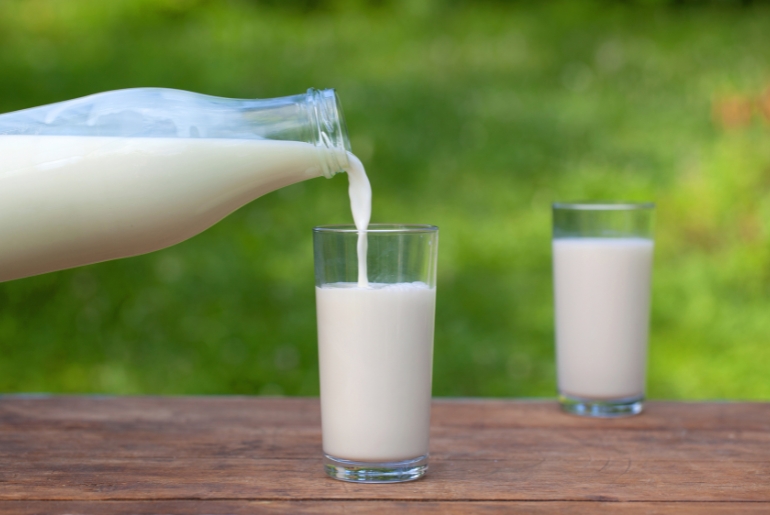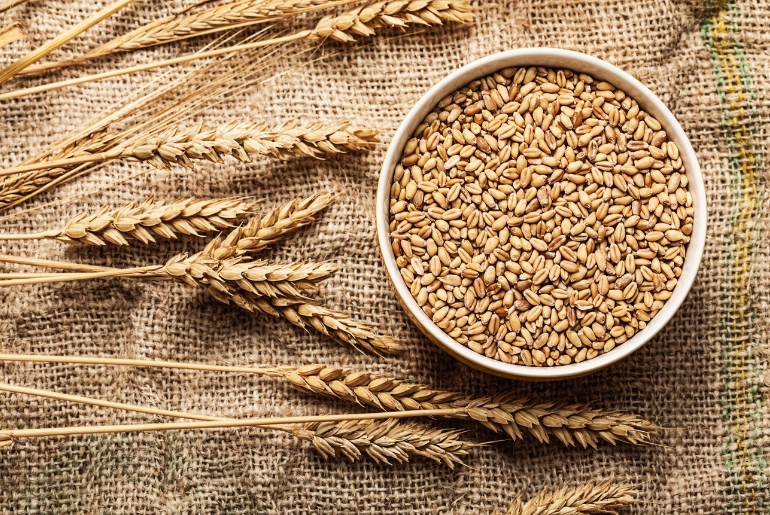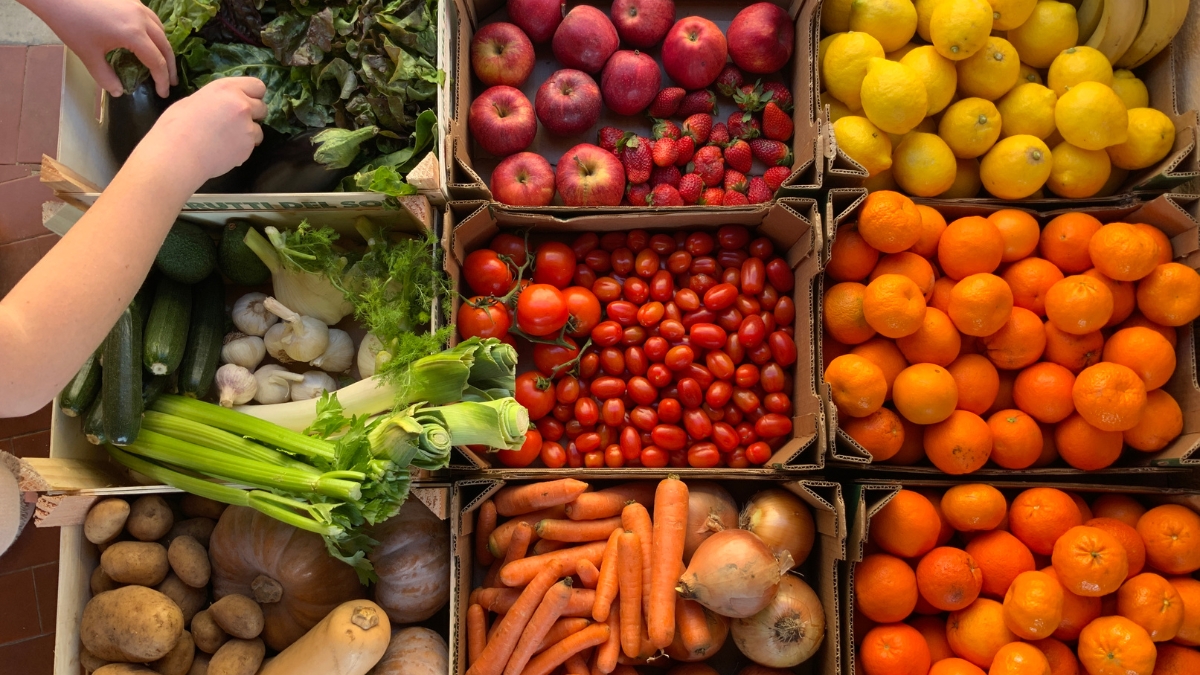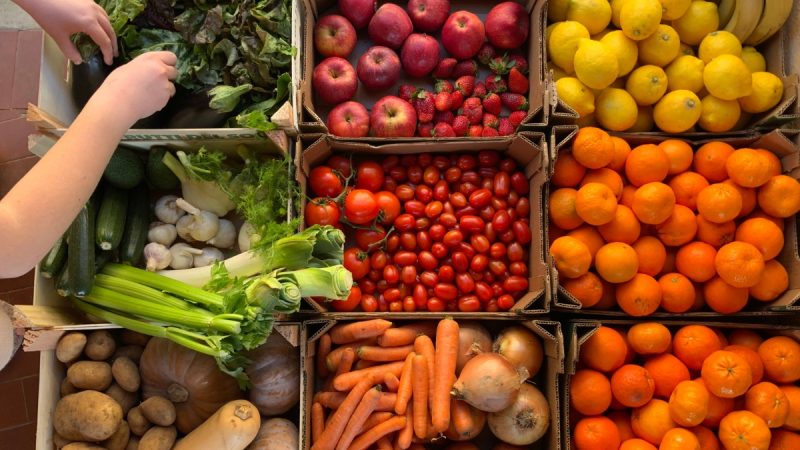In our modern food industry, there’s an unseen battle between what we expect our food to be and what it actually is. This is the battle against food adulteration, a covert practice that threatens the very essence of what we consume, often lurking beneath the glossy exteriors of seemingly innocent products. Food adulteration, the act of adding inferior or harmful substances to food, has become an increasingly prevalent concern in recent times. However, we have some tips for you to identify these adulterated products.
Importance of Food Safety Amid Rise Of Adulteration

Food adulteration compromises the quality and safety of the food we consume. Ensuring food safety is paramount as it directly impacts public health, with the potential to cause illnesses and long-term health problems. Unfortunately, food adulteration has been on the rise in recent years, posing a significant challenge to food safety worldwide.
Adulterated food often contains harmful substances such as chemicals, toxins, or contaminants, which can lead to acute or chronic health issues. Diluting or substituting genuine food with inferior ingredients reduces its nutritional value, depriving consumers of essential nutrients.
Food adulteration also deceives consumers by selling them lower quality products at regular prices, resulting in financial losses for consumers and genuine producers. Regulatory authorities also impose strict penalties on individuals or businesses found guilty of adulterating food, emphasising the need for compliance with food safety regulations.
Identifying Food Adulteration At Home

To tackle the issue of food adulteration, consumers can employ various simple hacks to identify adulterated food items at home:
1. Milk
Place a drop of milk on a polished surface to check for water adulteration. As it flows down, pure milk creates a white trail, while tainted milk flows without leaving any trace. To detect the presence of detergent, give it a good shake; pure milk creates a thick froth.
2. Spices
Test the chilli powder and turmeric powder separately in a small amount of warm water. Artificial turmeric clouds the water, while pure turmeric settles at the bottom and leaves clear water behind. Adulterated chilli powder leaves a red streak when it settles, whereas pure chilli powder does not.
3. Vegetables And Fruits
Use a cotton ball dipped in vegetable oil or water to rub veggies. If the cotton becomes coloured, synthetic dyes are used. When artificial ripening agents are used on fruits, such as bananas, the fruit becomes discoloured when it comes into contact with water.
4. Wheat
When wheat flour is dissolved in water, the pure flour sinks to the bottom. Cloudy water or residue indicates adulteration.
5. Oils And Fats
If coconut oil solidifies when refrigerated, it is pure oil. Pure oil absorbs quickly when it is rubbed on the palm.
6. Butter
Pure butter melts quickly and turns brown when it is melted. The melting time of adulterated butter is longer and it might leave a white residue.
Using these simple hacks, consumers can safeguard themselves and their families against the risks posed by food adulteration.
Cover Image Courtesy: Canva
For more such snackable content, interesting discoveries and the latest updates on food, travel and experiences in your city, download the Curly Tales App. Download HERE. First Published: June 07, 2024 4:58 PM




